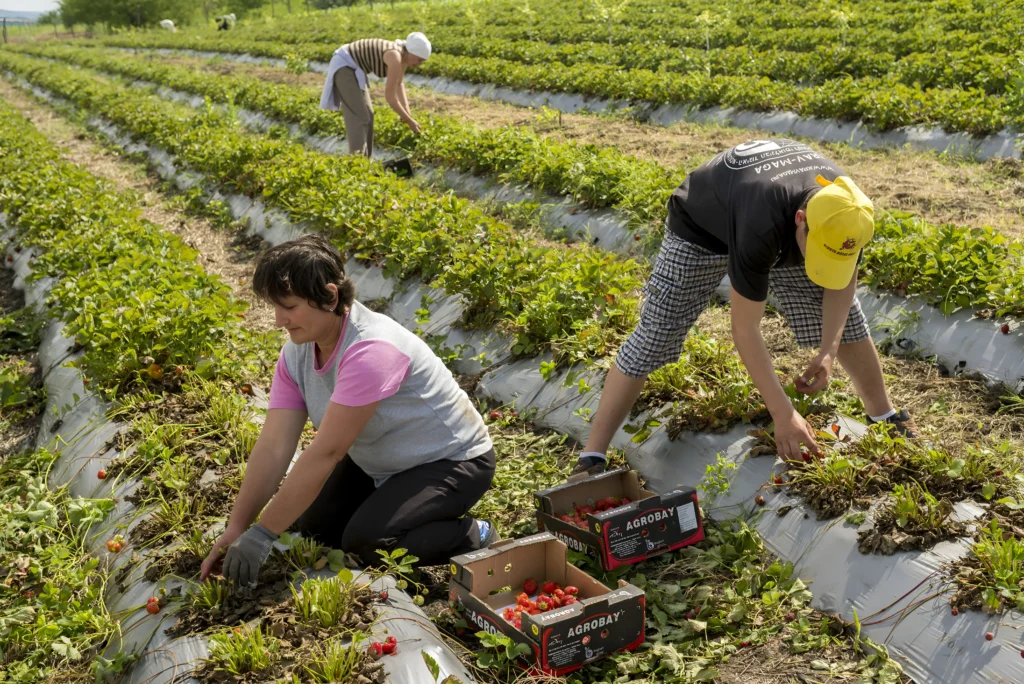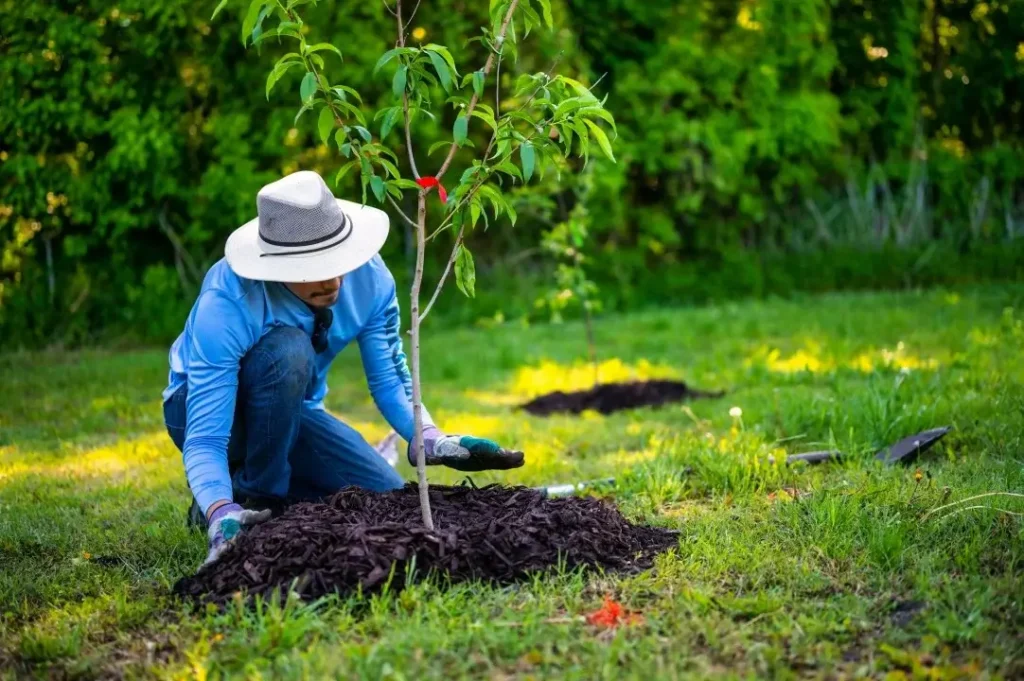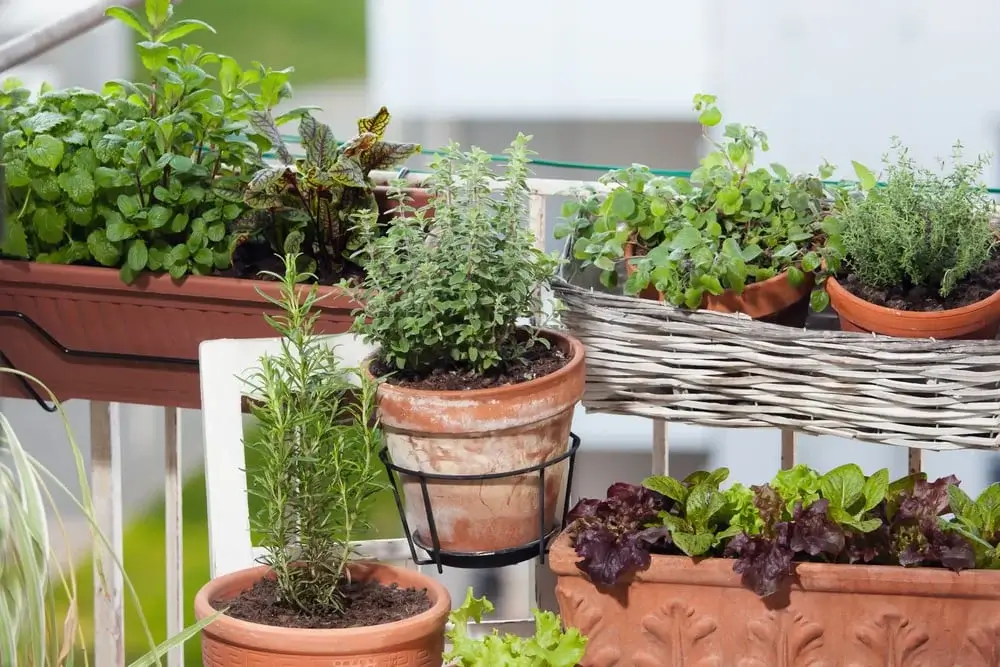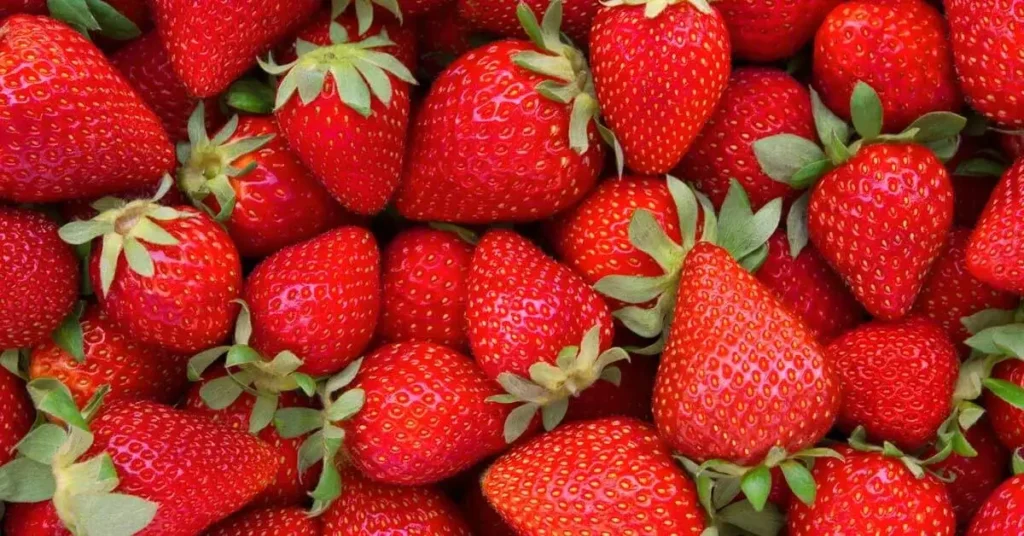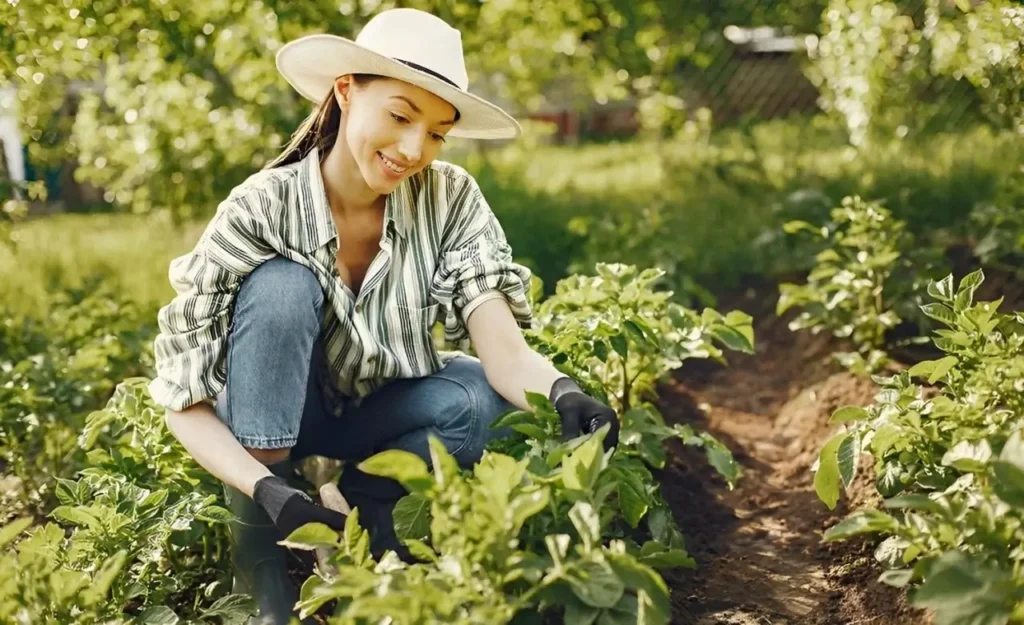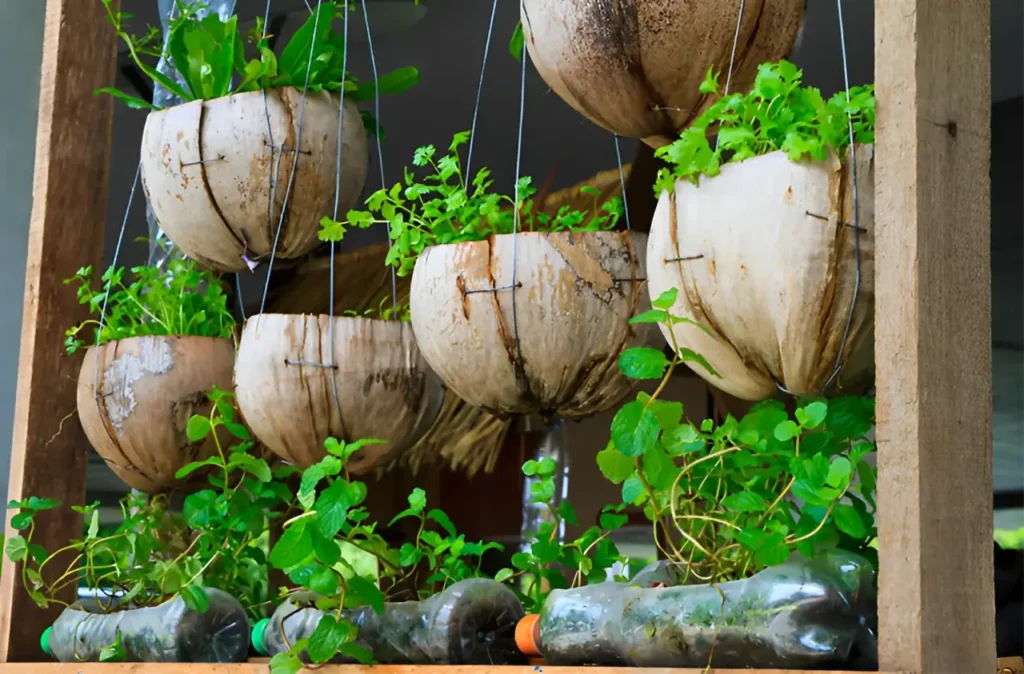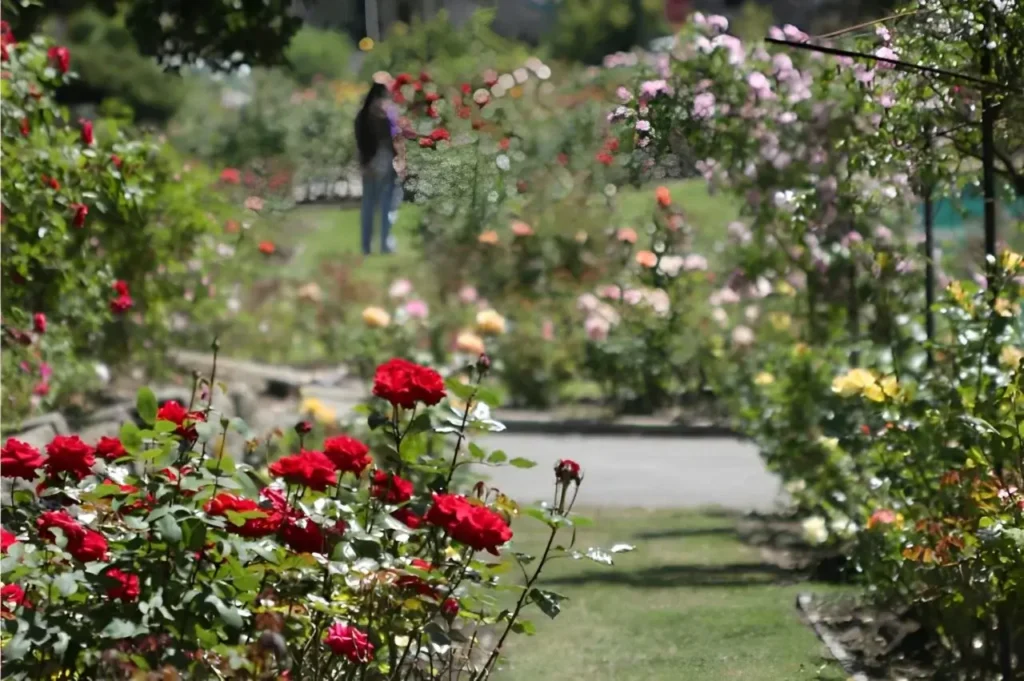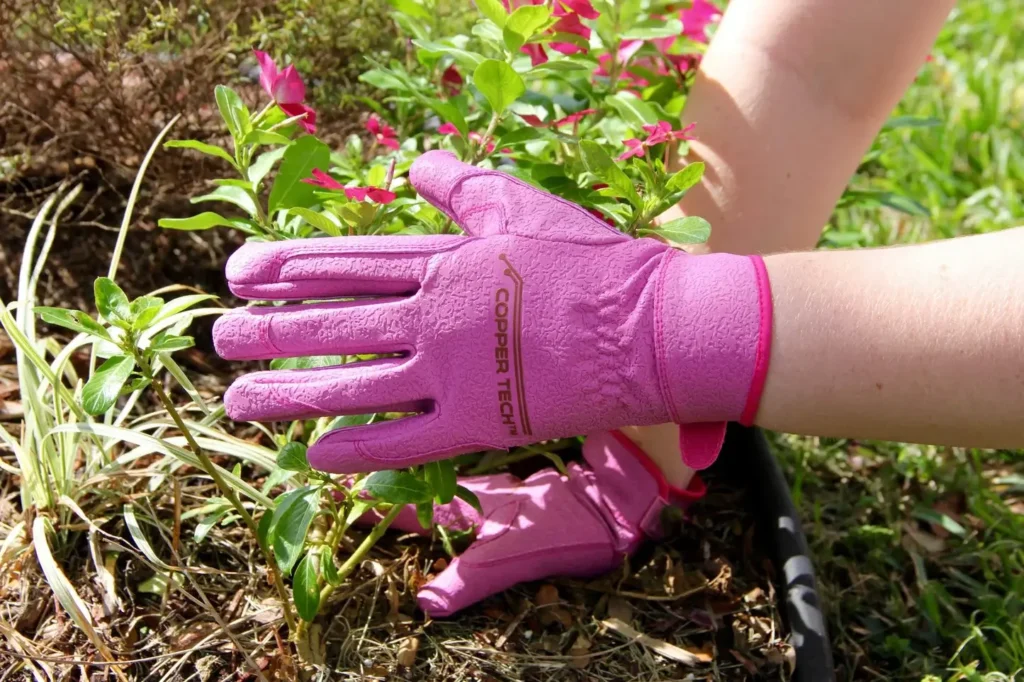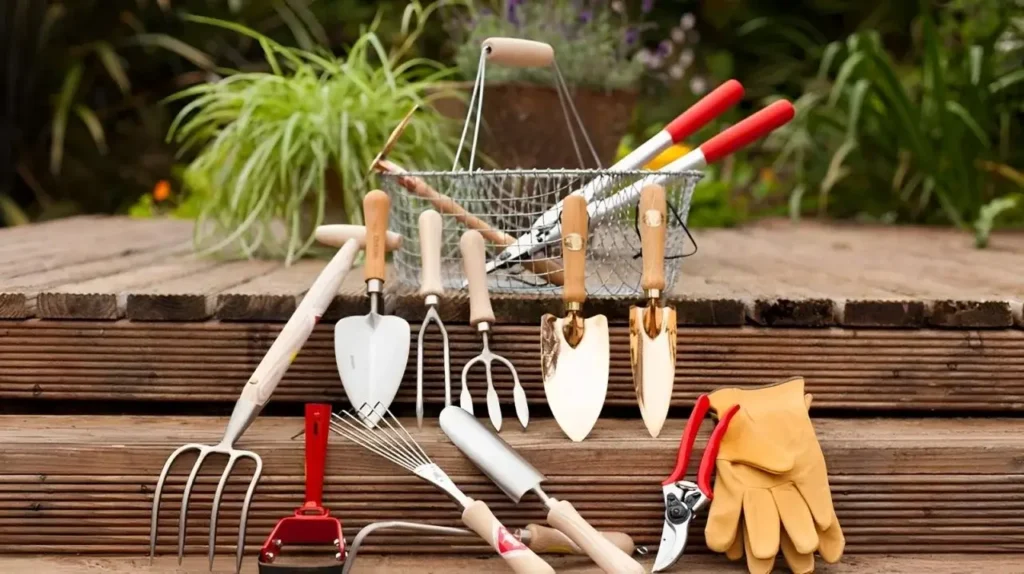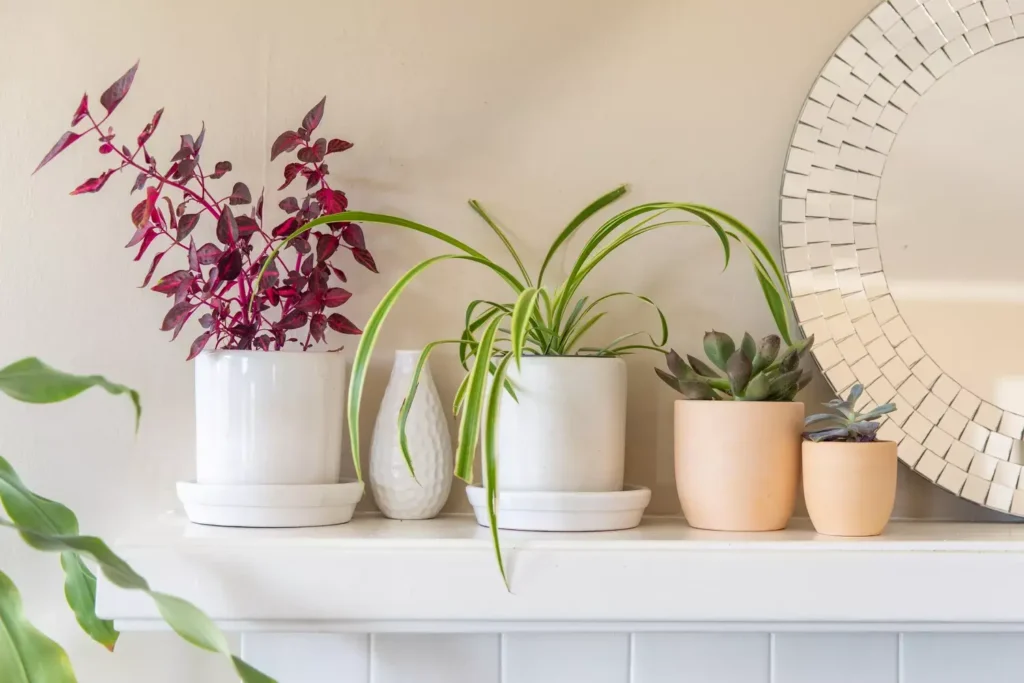What Is the Most Profitable Fruit to Plant?
Are you looking to invest in fruit farming but wondering which fruit yields the highest profits? Whether you’re a seasoned farmer or a budding hobbyist, choosing the right fruit can make a significant difference in your income. This guide dives deep into the most profitable fruit crops, helping you decide which ones to plant to ensure long-term returns. From climate considerations to market demand, we cover everything you need to know to make an informed decision. What Is the Most Profitable Fruit to Plant? When it comes to fruit farming, not all crops are created equal. Some fruits yield higher profits due to market demand, while others thrive in specific climates, making them more efficient to grow. This article explores the top 10 most profitable fruits and the essential factors to consider when making your choice. Factors to Consider When Choosing a Profitable Fruit Crop Climate and Soil Requirements One of the first considerations when selecting a fruit to plant is whether your local climate and soil conditions can support it. Different fruits thrive in various regions, and growing a crop that suits your environment will increase your chances of success. Initial Investment and Maintenance Costs Some fruits require more initial investment than others. For example, starting a vineyard for grape farming involves significant upfront costs, including land preparation and trellising. In contrast, strawberries require less setup but may need more frequent maintenance. Market Demand and Trends Understanding current market trends is crucial. Some fruits, like avocados, have surged in popularity in recent years due to health trends, while others maintain consistent demand. Stay up-to-date with consumer preferences to ensure you choose a crop that sells. Growing Time and Harvest Frequency Consider how long it takes for the fruit to grow and how often you can harvest it. Blueberries, for example, take 3 to 5 years to start producing fruit, while strawberries can yield a crop in as little as 4 months. Fast-growing crops can provide quicker returns on investment. Top 10 Most Profitable Fruits to Plant Blueberries Why Blueberries Are Profitable Blueberries are among the top profitable fruits due to their high demand, both for fresh consumption and processed goods like jams and juices. They’re rich in antioxidants, which adds to their appeal. Growing Conditions for Blueberries Blueberries thrive in acidic soil and require a temperate climate. Though they take a few years to mature, once they start producing, they offer high yields with relatively low maintenance. Avocados High Market Demand for Avocados Avocados have seen a meteoric rise in popularity thanks to their nutritional benefits. They’re a staple in many diets and are often considered a “superfood.” Cost of Avocado Farming While avocado trees take 4 to 6 years to bear fruit, they can be highly profitable, especially if you live in a climate conducive to their growth. Initial investment is significant, but the returns are substantial. Apples Year-Round Market for Apples Apples are a staple fruit in many countries, with a year-round market. Different varieties allow farmers to cater to both local and export markets. Best Varieties to Grow Gala, Fuji, and Honeycrisp are popular apple varieties that fetch premium prices. Ensure your soil and climate support the variety you choose. Grapes Profitability in Wine Production Grapes, especially those used for wine production, offer high-profit margins. Wine is a booming industry, and grapes remain a key ingredient. Vineyard Setup Costs Setting up a vineyard is costly but can provide long-term profits. Consider factors like soil type and trellising needs when planning your vineyard. Cherries Premium Prices for Sweet Cherries Sweet cherries are a high-value crop, with consumers willing to pay premium prices for fresh produce. They’re also used in various processed products. Challenges in Cherry Farming Cherries are sensitive to frost and require careful pest management, making them a more challenging crop to grow. However, the high market value can offset these challenges. Strawberries Fast-Growing and High-Yield Crop Strawberries are quick to grow and can provide multiple harvests within a season. Their high yield makes them one of the most profitable fruits for small-scale farming. Maintenance and Harvest Tips Strawberries require regular attention, including pest management and proper watering, but they can be grown in a variety of climates. Mangoes Export Demand for Mangoes Mangoes are highly sought after in international markets, especially in regions like Asia and the Middle East. The export demand makes them a lucrative option for farmers in tropical areas. Long-Term Growth and Maintenance Mango trees take several years to mature, but once established, they can produce fruit for decades with proper care. Pomegranates Health Benefits Driving Market Growth Pomegranates are rich in antioxidants and other nutrients, making them a popular health food. Their market demand continues to grow, especially for fresh juices and snacks. Ideal Growing Conditions Pomegranates thrive in arid regions and require minimal water, making them an ideal crop for farmers in dry climates. Figs Niche Market for Figs Figs are not as commonly grown as other fruits, but they serve a niche market with high demand. Their exotic appeal allows farmers to charge premium prices. Low Maintenance for High Returns Figs require less maintenance compared to other fruits, making them a low-cost, high-reward crop. Citrus Fruits (Lemons, Oranges) Consistent Demand for Citrus Citrus fruits like lemons and oranges have a consistent market due to their year-round demand. They’re used in a variety of products, from juices to cleaning agents. Best Citrus Varieties for Profitability Choose varieties like Meyer lemons or Valencia oranges for the best balance of yield and market value. How to Maximize Profit in Fruit Farming Diversification of Crops Diversifying your fruit crops helps minimize risk. If one fruit underperforms due to market changes, another might compensate. Efficient Water Management Water management is essential in fruit farming. Invest in irrigation systems that reduce water waste and improve yield. Organic Certification for Higher Prices Obtaining organic certification allows you to charge higher prices for your produce. Organic fruits are increasingly in demand due to health and environmental
What Is the Most Profitable Fruit to Plant? Read More »
